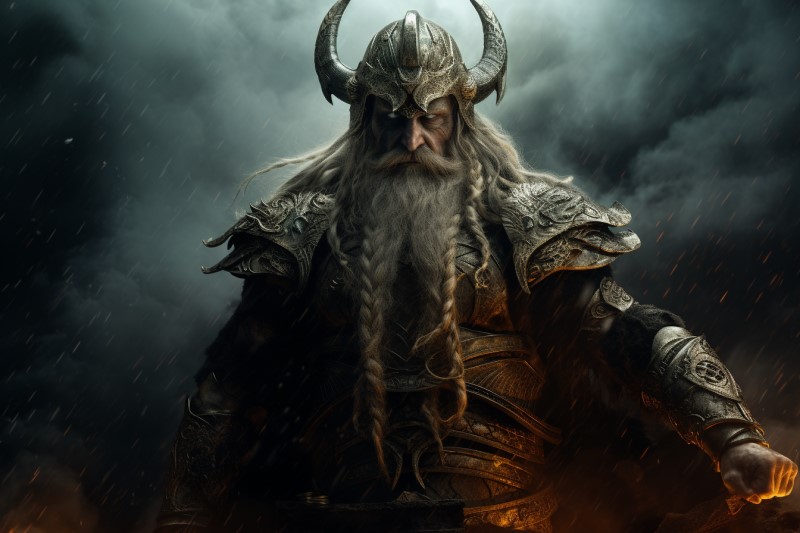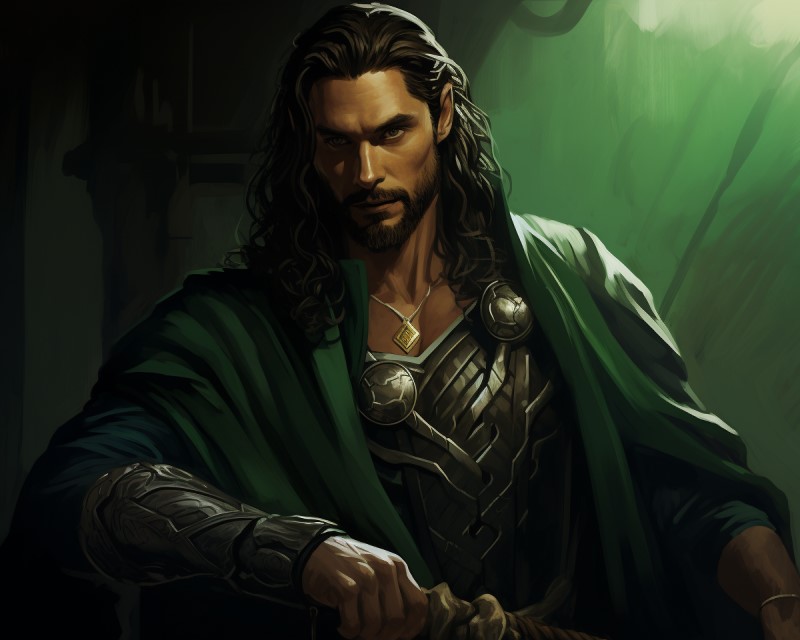KidZone Mythology:
Teaching Norse Mythology
Teaching Viking mythology to children unlocks a world of adventure, valor, and exploration, populated by formidable gods, legendary heroes, and mythical creatures. Viking mythology, or Norse mythology, offers a unique perspective on the Norse people's beliefs, values, and understanding of the world around them.

This guide aims to provide strategies for introducing the thrilling tales of Viking mythology in a way that captivates young learners and deepens their appreciation for this rich historical heritage.
Engaging with Viking Mythology
Viking mythology is characterized by its powerful deities, epic sagas, and the central theme of fate and destiny. The myths provide a fascinating glimpse into the Viking worldview, emphasizing courage, loyalty, and the inevitability of Ragnarök, the end of the world in Norse belief.
Introducing Norse Gods and Heroes
Begin by familiarizing children with the key figures of Norse mythology, such as Odin, Thor, Loki, and Freyja, highlighting their powers, personalities, and roles within the myths. For younger children (ages 6-8), tales of Thor's battles with giants or Loki's mischievous schemes can be particularly engaging. Utilize storybooks and visual aids to bring these characters to life. For older children (ages 9-12), delve into more complex narratives like the Völsunga saga or the tales of Ragnar Lothbrok, exploring the themes of heroism, fate, and the quest for honor.
Creative Projects and Art
Viking mythology is ripe with symbols, such as Mjölnir (Thor's hammer), Yggdrasil (the World Tree), and runes. Engage children in creating art projects based on these symbols, such as crafting their own Mjölnir or drawing the World Tree. Building Viking ships out of cardboard or creating Viking shields and helmets can also provide a hands-on connection to the mythology.
Norse Mythology coloring pages
Storytelling and Dramatization
Storytelling is a powerful tool for engaging with Viking mythology. Narrate the tales with enthusiasm, and encourage children to participate by acting out the stories or creating their own dramatizations. This interactive approach helps children internalize the narratives and understand the characters' motivations and challenges.

Themes and Moral Lessons
Viking myths are filled with themes of bravery, perseverance, and the complexity of heroism. Use these stories to initiate discussions on these themes, asking questions like "What does it mean to be brave?" or "How did the Vikings understand the concept of fate?" This encourages children to reflect on the values presented in the myths and how they relate to their own lives.
Exploring Viking History and Culture
Link the mythology to the historical and cultural context of the Viking Age. Discuss the Vikings' seafaring expeditions, their settlements, and their impact on European history. This can extend to lessons on Viking daily life, their runic alphabet, and their artistic achievements, providing a comprehensive picture of Viking civilization.
Multimedia Resources
Incorporate multimedia resources to make the myths more accessible and engaging. Animated stories, documentaries about Viking history, and interactive websites can bring the world of Viking mythology to life. Virtual tours of Viking museums and archaeological sites offer a closer look at Viking artifacts and runestones.
Comparative Mythology
Encourage students to compare Viking mythology with the mythologies of other cultures, noting similarities and differences. This comparative approach not only highlights the unique aspects of Norse mythology but also fosters a broader understanding of mythology as a window into the human experience.
Hands-on Learning Activities
Engage students in hands-on activities such as rune casting, creating Viking-style jewelry, or writing their names in runes. These activities offer a tactile and creative way to connect with Viking mythology and culture.
Lesson Plan: Thunder and Lightning in Mythology
Encouraging Critical Thinking
Challenge students to think critically about the myths, considering questions like "Why were stories about gods and heroes important to the Vikings?" or "What can these myths tell us about how the Vikings viewed the world?" This stimulates deeper engagement with the material and encourages analytical thinking.
Conclusion
Teaching Viking mythology to children is an exciting way to explore themes of adventure, valor, and the mystical worldview of the Norse people. By using storytelling, creative expression, and interactive activities, educators and homeschooling parents can provide a dynamic and enriching learning experience. Viking mythology, with its epic tales and powerful characters, offers endless possibilities for sparking imagination and fostering a deep appreciation for this fascinating aspect of human history and culture.